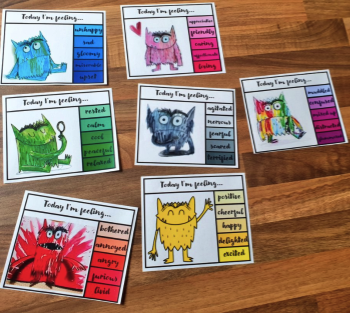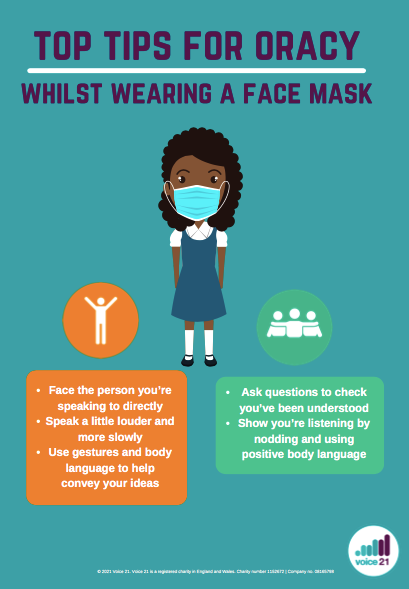This week brings the long-awaited return of many students to school. As corridors refill with chatter and your classrooms once again start to buzz with talk, you will no doubt be reflecting on how best to support your students to reintegrate back into school life.
Oracy must be central to this. Through talking together and listening, we build a sense of belonging, express our emotions and strengthen relationships. We can reconnect with learning, with our peers and our community. We can get to know each other again, explore how we’ve changed and grown and what we’ve learnt during our time apart.
As, Peter Hyman, Co-Director of Big Education and Co-Founder and Trustee of Voice 21, reflected in the Observer: “It is by allowing young people to talk, and of course listen to each other, that we will understand what they have gone through and be able to gauge their sense of wellbeing.”
Planning for these conversations, you may want to use certain stimuli to help open up ‘recovery conversations’ with your students. Examples of this might include, exploring texts (both images and words) such as those suggested by Empathy Lab, or expanding your student’s emotional vocabulary using resources like these brilliant ‘emotion cards’ created by one of our member schools.

Along with building social and emotional connection, you may also be thinking about how to overcome some of the more physical challenges posed by returning to classrooms. Setting up talk in lessons may require more planning than usual, but it’s absolutely possible! You can take a look at some of our advice for promoting oracy in a socially distanced classroom here.
If your school is introducing masks in lessons, it’s also worth considering how this will impact on students’ speaking and listening. Masks are an obvious barrier to classroom talk, however with clear expectations and explicit guidance, it is still possible for students to engage in purposeful oracy tasks which support learning.
Here are three ways you could support your students:

© 2024 Voice 21. Voice 21 is a registered charity in England and Wales. Charity number 1152672 | Company no. 08165798